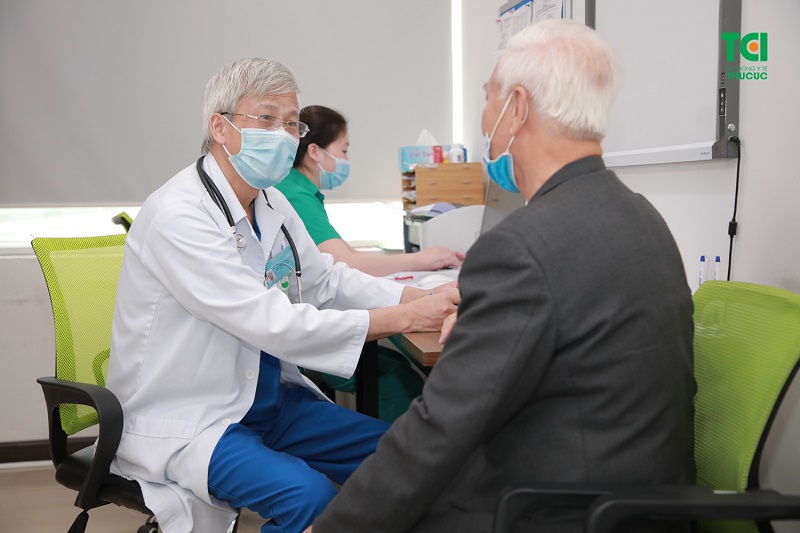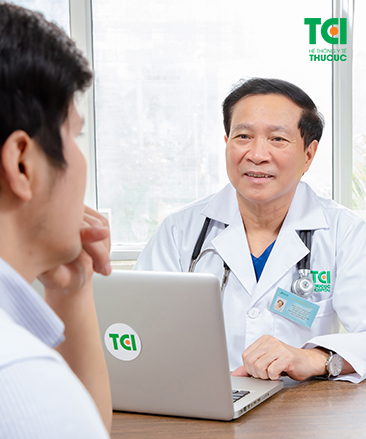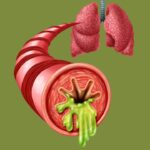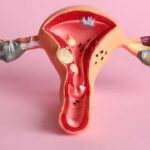Parkinson’s disease is a progressive neurological disorder that primarily affects a person’s movement. While many people associate Parkinson’s disease with hand tremors, it is, in fact, a complex condition with a wide range of symptoms. These can include muscle stiffness, difficulty moving, balance issues, and psychological disorders. Understanding Parkinson’s disease is crucial for raising awareness, enabling early detection, and improving the quality of life for those affected.
1. What is Parkinson’s Disease?
Parkinson’s disease (PD) is an incurable neurodegenerative disorder that significantly impacts the body’s ability to control movement. It occurs when dopamine-producing nerve cells in the brain deteriorate. Dopamine is a crucial neurotransmitter that regulates movement, and its depletion leads to difficulties in performing even simple motor tasks.
Although the exact cause of Parkinson’s disease remains unclear, factors such as aging, genetics, and exposure to toxic substances may increase the risk. The condition typically manifests in individuals over 60 years old, with a higher likelihood of occurrence if a family history of the disease exists.
Tremors are one of the earliest and most recognizable symptoms of PD. Patients may experience mild, intermittent shaking in the wrists, hands, fingers, or feet. In some cases, tremors can also affect the chin, tongue, or lips. These involuntary movements often occur at rest, worsen with stress or fatigue, decrease with activity, and disappear entirely during sleep.

Parkinson’s disease is a progressive neurological disorder that primarily affects movement.
2. Symptoms Beyond Hand Tremors
Parkinson’s disease is not limited to hand tremors. It can cause a variety of symptoms that interfere with daily life. Identifying and addressing these symptoms early is essential in slowing the progression of the disease.
2.1 Muscle Rigidity and Movement Difficulties
Muscle stiffness is a distressing symptom of this neurodegenerative disorder. It makes movement slow and difficult, impacting mobility and increasing the risk of falls. Persistent muscle rigidity can also cause pain and fatigue, significantly reducing the patient’s quality of life.
2.2 Communication and Facial Expression Challenges
A lesser-known but significant symptom of PD is reduced facial expression. Patients may struggle to convey emotions through facial expressions, leading to an appearance of being expressionless, even when they experience feelings of happiness, sadness, or anxiety.

Patients with Parkinson’s experience not only tremors but also various motor and psychological issues.
3. Psychological Effects of Parkinson’s Disease
In addition to its physical symptoms, Parkinson’s disease has a profound impact on mental health. Anxiety, depression, and sleep disturbances are common, further complicating the patient’s condition.
3.1 Emotional and Psychological Disorders
Many individuals with PD develop psychological conditions such as anxiety, depression, and irritability. These emotional disturbances may result from both the disease itself and changes in brain chemistry due to dopamine deficiency.
3.2 The Connection Between PD and Sleep
Sleep plays a vital role in overall health, but this neurodegenerative disorder can disrupt sleep patterns. Patients often struggle with insomnia, frequent nighttime awakenings, or excessive daytime fatigue.
4. Diagnosis and Treatment of Parkinson’s Disease
Although there is no cure for Parkinson’s disease, early diagnosis and appropriate treatment can significantly improve a patient’s quality of life. Treatment options include medication, surgical interventions, and supportive therapies.
4.1 Diagnostic Methods for Parkinson’s Disease
Diagnosing PD involves evaluating clinical symptoms, medical history, and neurological examinations. Currently, no single test confirms the disease, making diagnosis reliant on symptom observation and medical assessments.
4.2 Effective Treatment Approaches
Treatment for Parkinson’s disease often involves medications that replenish or enhance dopamine function in the brain. The most common drug used is levodopa, which helps alleviate symptoms by increasing dopamine levels. In severe cases, surgical procedures, such as deep brain stimulation (DBS), may be considered.

While Parkinson’s cannot be cured, early treatment with a neurologist can help manage the condition effectively.
5. Important Considerations for Parkinson’s Patients
Although Parkinson’s disease is incurable, proper care and lifestyle adjustments can help patients lead fulfilling lives. Maintaining a healthy diet, engaging in regular physical activity, and participating in social activities can enhance overall well-being and symptom management.
5.1 The Importance of Self-Care
Self-care plays a crucial role in managing Parkinson’s disease. Patients should follow a balanced diet and avoid unhealthy habits such as smoking and excessive alcohol consumption. Gentle exercises can help strengthen muscles and minimize symptoms.
5.2 Support from Family and Community
Beyond medical care, emotional and social support from family and friends is vital for Parkinson’s patients. Having a strong support system helps individuals feel encouraged and reduces feelings of isolation. Joining community support groups can also provide valuable shared experiences and emotional relief.
Parkinson’s disease is far more than just hand tremors—it is a complex condition with multiple symptoms that affect movement, communication, and mental health. Understanding the disease and its manifestations allows for better symptom management and improved quality of life. Early diagnosis and timely treatment remain key in controlling the disease’s progression and helping patients maintain independence for as long as possible.








